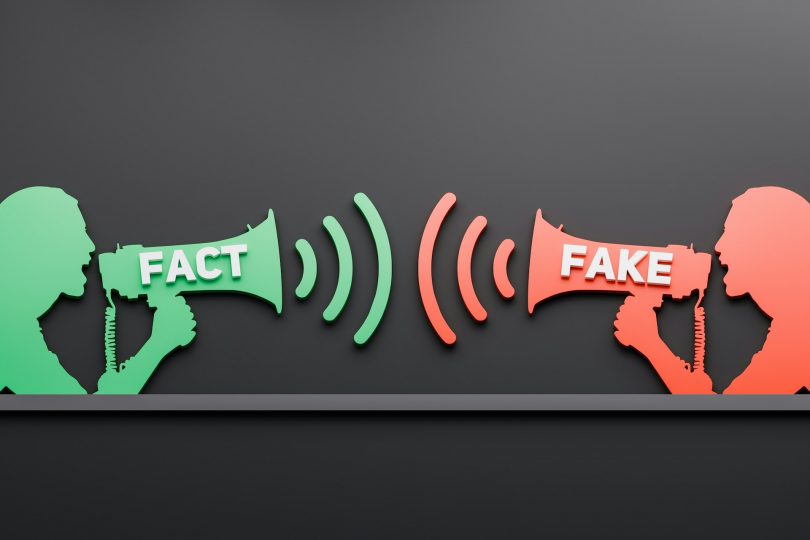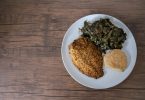Discussions on Black men and breast cancer are far less common than those about women. This is partly because men account for only 0.5 to 1% of breast cancer cases, according to the World Health Organization. Within our community, some men still see breast cancer as a condition that affects women alone.
Breast cancer develops when breast cells grow uncontrollably to form tumors. These tumors can become life-threatening if they spread throughout the body. In 2022, it was estimated that breast cancer caused 670,000 deaths worldwide. Only about 2,670 new cases of invasive breast cancer were detected in men in 2019. The lack of research, discussions, and credible resources on breast cancer in men has opened the door for myths and misconceptions to fly.
A study conducted in the United States by the African American Breast Cancer Alliance (AABCA) shows that Black men have higher rates of all types of breast cancer, compared to white men. Early diagnosis and intervention remain the best way to increase the chances of survival and restore optimal well-being.
Why Breast Cancer Myths are Prevalent in the Black Community
Several factors contribute to the persistent myths surrounding male breast cancer in our community. Top on the list is the lack of culturally sensitive and relevant education. Most existing research and resources have focused almost exclusively on women. Additional reasons why myths about male breast cancer remain so widespread in our community include:
- Stigma: Since breast cancer is mostly viewed as a woman’s disease, men are often embarrassed to openly talk about their diagnosis for fear that they will be considered less masculine. This hinders life-saving early diagnosis and intervention
- Delay in diagnosis: The misconception that breast cancer is a woman’s disease can lead to a delay in diagnosis, which masks the reality of the prevalence of the disease in our community
- Lack of access to professional care: Due to cultural or socioeconomic factors, many men in our community may prefer alternative medicine when they have pain in their breast. Unfortunately, alternative medicine practitioners often proceed to treating symptoms without a thorough examination
- Limited representation: Most campaigns on breast cancer feature mostly women, which doesn’t help with convincing men that they may be at risk too.
5 Male Breast Cancer Myths Disproved by Science
Lack of awareness remains the primary factor contributing to the spread of myths and misconceptions within our community. While stigma often holds Black men back from openly talking about their diagnosis, men who have been diagnosed with breast cancer have reported that it neither affected the perception of their masculinity nor their relationships. Here are some of the most popular breast cancer myths in men:
Myth #1:
Only women can get breast cancer
Women cannot have testicular cancer because they don’t have the organ, just as men cannot have ovarian cancer because they don’t have the organ. However, men and women have breast tissues and can both experience the same breast cancer symptoms, including thickening in the breast or armpit, changes in breast skin (eg, dimpling), nipple turning inward, discharge from nipple, redness, and scaling.
Myth #2:
Lump in the male breast is always caused by cancer
While a lump in the breast of a man can be one of the signs of breast cancer, other conditions can also lead to a painful lump in a man’s breast. For example, gynecomastia has been identified as the leading cause of male breast pain. It is caused by an imbalance in the hormones, testosterone and estrogen, leading to an increase in breast gland tissues. Other factors that can lead to lump or pain in the male breast include:
- Allergic reactions, skin irritation, or contact dermatitis can lead to scaling or burning around the nipples
- Strain in the chest muscles (including from working out at the gym) can lead to pain in the breast area
- Pain from the neck, ribs, or back can be felt as if it is coming from the breast, also called referred pain
Myth #3:
You cannot get breast cancer if it doesn’t run in your family
Having a close relative (parents, grandparents, mother, or sister) with a history of breast cancer, especially the BRCA1 or BRCA2 gene, can increase a man’s risk of having the disease. However, only about 5 to 10% of breast cancer cases are directly hereditary. Lifestyle and environmental factors can increase a man’s risk factors, including age, liver disease, obesity, and excessive alcohol consumption.
Myth #4:
Male breast cancer is a death sentence
The only reason why it seems as if male breast cancer is deadlier than female breast cancer is due to a lack of awareness, which leads to delayed detection and treatment, especially with Black men. In fact, men have been reported to have more positive outcomes than women after treatment. Perhaps, that is because mastectomy in men is less obvious than in women.
Myth #5:
Men don’t need to do breast examination
Women are advised to do regular breast self-examination. However, men should be doing the same, too. During self-examination, men should look out for changes in the breast area as well as feel for signs of lumps in the breast.
Men have a role to play in raising awareness on male breast cancer, and it starts with educating themselves about the risk factors, signs, symptoms, and why early detection is important. Spread the word by educating your friends, family, and sharing scientifically verifiable information through your social networks. The American College of Radiology recommends annual mammograms starting at age 50 for men with a family history of BRCA1 or BRCA2 gene mutation. To save the lives of the men in our community, we need to create an environment that encourages open communication and spread awareness.
To download a copy of our Breast Cancer Representation Matters poster, click here.
For More Reading
- Black Men and Breast Cancer. https://www.elevateblackhealth.com/black-men-and-breast-cancer/
- Breast Cancer. https://www.who.int/news-room/fact-sheets/detail/breast-cancer
- African American Male Breast Cancer. https://aabcainc.org/male-breast-cancer/
- Male Breast Cancer Has Limited Effect on Survivor’s Perceptions of Their Own Masculinity. https://pmc.ncbi.nlm.nih.gov/articles/PMC5675299/
- 5 Most Common Cancers Affecting Blacks and Prevention. https://www.elevateblackhealth.com/5-most-common-cancers-affecting-blacks-and-prevention/
- Breast Cancer Risk Factors You Cannot Change. https://www.cancer.org/cancer/types/breast-cancer/risk-and-prevention/breast-cancer-risk-factors-you-cannot-change.html
- Alcohol and Cancer Warning Labels: Necessary? https://www.elevateblackhealth.com/alcohol-and-cancer-warning-labels-necessary/
- Healthy Home: 10 Cancer-Causing Products. https://www.elevateblackhealth.com/healthy-home-10-cancer-causing-products/
- 15 Cancer Myths—Don’t Believe the Hype! https://www.elevateblackhealth.com/15-cancer-myths-dont-believe-the-hype/
- BRCA Gene Changes: Cancer Risk and Genetic Testing. https://www.cancer.gov/about-cancer/causes-prevention/genetics/brca-fact-sheet
- Gynecomastia. https://my.clevelandclinic.org/health/symptoms/16227-enlarged-male-breast-tissue-gynecomastia








